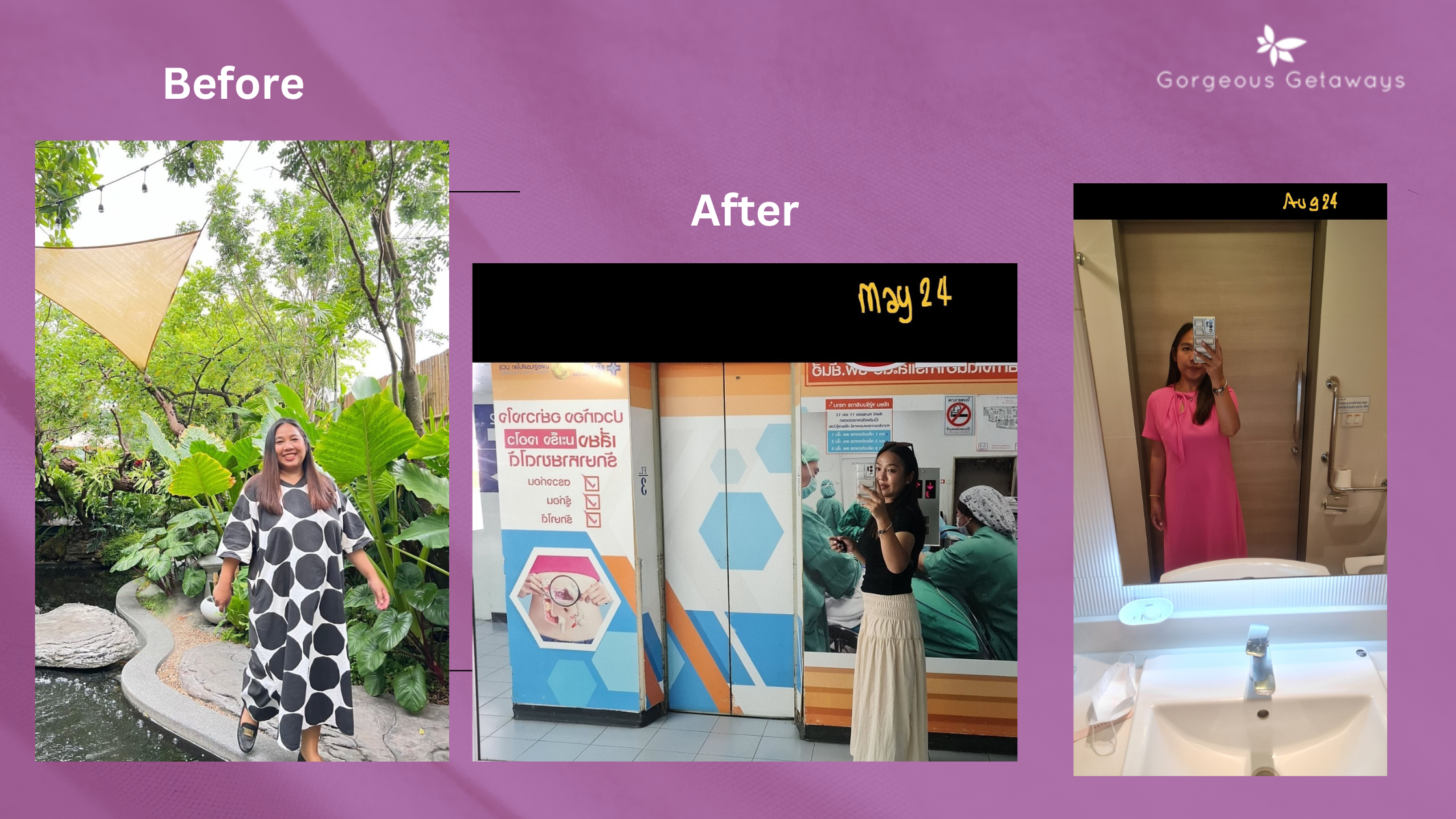
It’s not a question of how to reshape your butt through cosmetic surgery, but what procedure and why! Reshaping the buttock offers several options – liposuction, buttock implants, and butt lift. Which option is best for you? While a skilled cosmetic surgeon should be consulted to help you answer that question, learning more about each procedure is an important part of your decision.
Why get a Brazilian butt lift?
Prominent and perky butt checks are getting plenty of media attention. Exercise may not be delivering the round, firm derriere that you want. Genetics plays a part too. So does sitting for long periods of time. Or perhaps you have lost a lot of weight.
Buttock augmentation can improve flat or sagging buttocks as well as asymmetrical or small butts.
You may also want to consider a buttock implants if you and your doctor determine that you need something more pronounced or permanent than a butt lift. Some surgeons may suggest liposuction to reshape not only your buttock but also the surrounding area.
Good candidates for a butt lift
While a consultation with a qualified surgeon can assess your qualifications as a candidate for a butt lift, in general, women who are in good overall health and who are at or near their goal weight may be suitable for this type of surgery. Generally, buttock augmentation can increase the size of your butt while improving its shape and balance.
Of course, having realistic goals about what butt augmentation can achieve for you physically while restoring confidence in your appearance is important to a successful outcome. A butt lift can be the start of a new, more confident and attractive you.
Once you have selected the physician to conduct your buttock augmentation procedure, your doctor will give you specific steps to prepare for surgery. Throughout the process, we will offer you guidance on the types of questions to ask and information to gather so that you remain informed and confident about your decision. How to reshape your butt through cosmetic surgery is up to you!
Before having butt augmentation
Smoking restricts the amount of oxygen that is used by muscles to repair and heal, quitting is often advised. If you can’t completely quit for two or more weeks before and after the surgery, you may not be a good candidate for butt implants.
If you have lost weight and are planning to lose more, it may be best to postpone the procedure until you have reached your target weight.
Of course you must tell your doctor about all of the prescription and herbal remedies that you are taking. You may have to refrain from taking certain supplements or have your prescription changed. Your doctor will advise you accordingly but you must give a full and complete medical history including your current situation to prepare for your upcoming surgery.
Overview of the gluteal augmentation
Are you familiar with liposuction? A butt lift starts with liposuction to remove your body fat, processes the fat cells, and then injects them into your body to reshape your buttocks. Butt implants are made from flexible silicone whereas a butt lift recycles your own body fat.
The butt lift procedure usually takes place on an outpatient basis. First, the doctor administers either local anesthesia which numbs the pain in a localized area or general anesthesia which allows you to sleep during the surgery. Your surgeon will confirm the type of anesthesia to be used. The procedure itself will probably last between one to two hours.
Next, your surgeon will make a use a liposuction procedure to extract fat from various parts of your body like your back, thighs or stomach improving the look of those areas. The fat is then processed and purified for safe re-injection. The best quality fat cells are transferred to the buttocks by numerous injections. The injections are made throughout the area to distribute the cells for maximum absorption rates. A skilled physician will ensure that the selected injection sites will result in a smooth, even appearance.
Until the anesthesia wears off you will remain in the clinic, medical suite or hospital. When you are discharged you will return home or to your hotel to recuperate. Your doctor will decide when you are ready to be discharged.
Immediately after the surgery
After the procedure, your movement and physical exercise will be limited during the recovery and healing process. You will be provided with instructions about what you can and cannot do after the surgery. Patients who have undergone butt lift surgery will be instructed to avoid prolonged periods of sitting. Some patients will need to take up to three weeks of leave from work. Sitting on a pillow for short periods of time may reduce the discomfort immediately following surgery.
Sleeping on your face or side will feel more comfortable while allowing the backside to recover from the procedure. It may be up to two or three weeks before sleeping on your back will be restful while maintaining the shape of your butt.
Driving can be restricted so be sure to have someone on stand-by to assist you.
Your doctor will prescribe appropriate pain medication to help with discomfort cause by the inflammation and bruising of injection sites.
The results should be long lasting as long as you refrain from weight gain or try to resume your normal activities too soon after the procedure.
After a few weeks you will be admiring your fuller, more feminine buttock in the mirror. It usually takes about three months for your buttocks to reach their post-procedure posterior best.
Even though buttock augmentation is a fairly common cosmetic treatment, it is still surgery and carries with it risks and possible complications.
Possible Risks and Complications
While your surgeon will discuss your particular risks with you, here are some common problems that can occur during or after butt lift surgery:
- Bruising, swelling and numbness around the surgical sites
- Infection and bleeding
- Blood pooling under the skin called a hematoma
- A negative reaction to the anesthesia
- Asymmetry
Your doctor will advise you of general risk factors as well as those related to you and your health profile. You can minimize complications by following the advice of your surgeon, both before and after your buttock augmentation surgery.
Recovery Time and Restrictions
Recovery time varies depending on the patient. Your surgeon will give you post-operative recovery instructions. Patients wear a compression bandage or garment immediately after surgery. Your physician will advice you on the length of time required. Depending on your doctor’s instructions, there may be several days of bed rest followed by weeks of limited physical exercise. Most certainly you will experience swelling, bruising and numbness.
Vigorous exercise is to be avoided for the first month after surgery. This rest will allow the body time to recover and heal. Your post-surgery instructions will include guidelines about limitations on physical exercise and a schedule of follow up visits. You can see the doctor who performed your surgery or your doctor at home.
Smoking reduces the amount of oxygen in the body which can increase the risk of infection. If you are a smoker, inform your doctor so that he or she can advise you as to the time when you should refrain from smoking before and after surgery. Or perhaps this surgery is the reason to give up smoking completely!
Your body should be healed within three months after surgery. The results of the surgery will be visible almost immediately. Return to your level of normal activity gradually per your doctor’s instructions. Trying to do too much too quickly can result in delayed healing or a more serious complication including asymmetry.
Remember to Follow Your Doctor’s Orders!
To reduce the unpleasant after effects of the surgery, follow your doctor’s recommendations closely and notify your healthcare provider if you experience any signs of infection or other health problems.
This information does not take the place of medical advice given by your doctor. Information is provided for general informational purposes only. Discuss the specific details of your treatment with your physician.









Leave A Comment